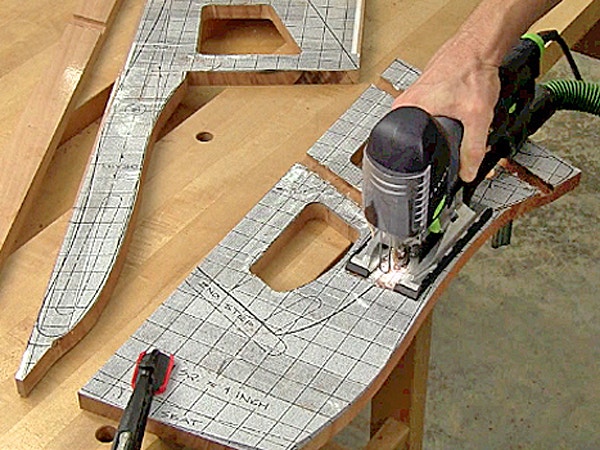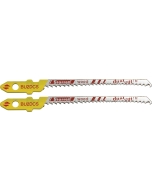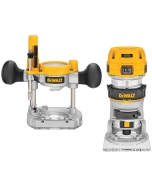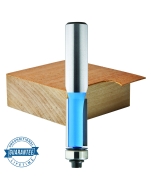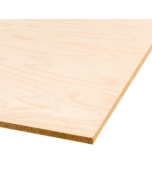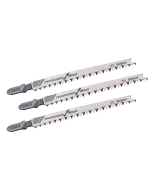How to Improve Parts Cutting
I am cutting round and egg-shaped pieces about 10 inches or larger in diameter from 5 mm lauan plywood using a jigsaw. My problem is, if I deviate from the pattern line even the slightest, it shows up as if a five-year-old has cut it out. Sanding it down is what I have been doing, but it is time-consuming and still doesn't look all that good. Is there a solution for this? - Jim DeFord
Tim Inman: A cutting template is your easiest answer. Plus, learn to use the "back" edge of the saw blade when you cut. By pressing ever so gently against the part of the saw blade behind the teeth - where it cannot cut - you can learn to steady yourself and your cut against this part of the blade. If you have a template fastened to your cutting work, you can "rub" the blade against the template without cutting it, and make a more perfect cut. This works well with band saw blades, too.
Chris Marshall: When it comes to repetitive fine cutting, I'm not a big fan of jigsaws. Instead, I like to use a router, a template and a flush-trim bit to create parts that match one another exactly. The more carefully you make the template, the better the final parts will be. If you're planning to make a "hen house" of those egg shapes, a router template will ensure that they turn out as perfect copies with no sanding.
But, 5mm lauan is soft and relatively thin plywood, so I'm wondering why you're having difficulty cutting it accurately with a jigsaw. Have you tried using a fresh, sharp blade? Yours might just be dull. When you do, make the new one a metal-cutting blade with super fine teeth. I've found that they do a great job of making smooth cuts in splintery softwood and thin plywood — even better, in my experience, than jigsaw blades made for fine cuts in wood.
Keep the inspiration coming!
Subscribe to our newsletter for more woodworking tips and tricks
